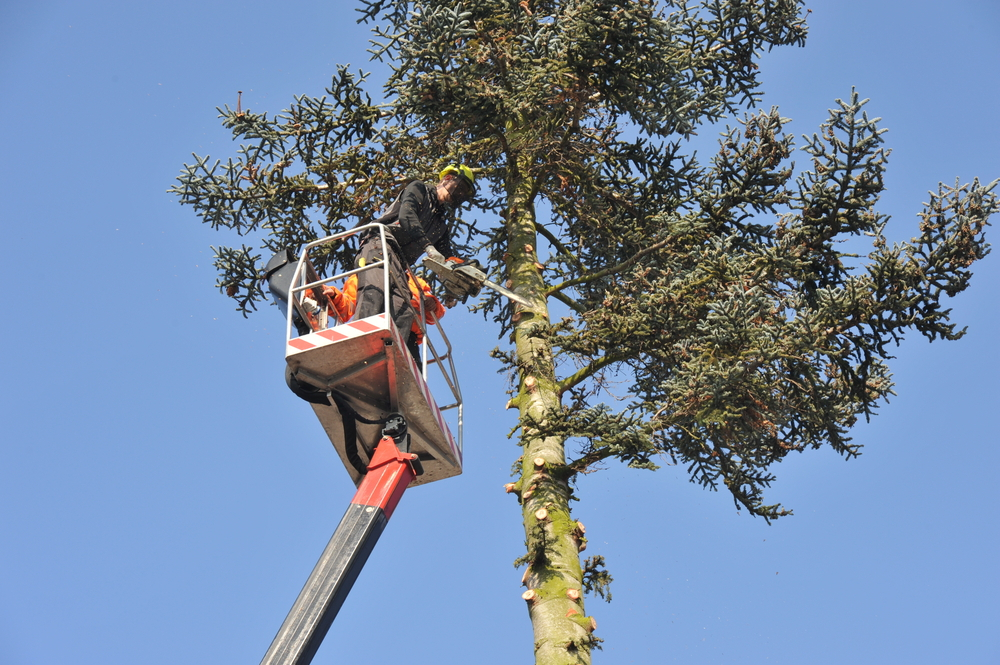Maintaining healthy trees is crucial for the well-being of our environment and landscapes. Like any living organism, trees can fall victim to diseases or other issues that threaten their survival. Recognizing the signs of a diseased or dying tree is essential for prompt intervention and preservation of the greenery around us.
From subtle leaf discoloration to more evident bark abnormalities, the manifestations of tree distress can be subtle yet impactful. Understanding these indicators can help take proactive steps to address the underlying concerns before it’s too late.
Leaf Discoloration
One of the most noticeable and commonly observed symptoms of tree diseases or decline is leaf discoloration. This change in leaf color can be attributed to various factors, with root rot and nutrient deficiency being two significant contributors.
Root rot, a condition caused by fungal pathogens, can severely impact a tree’s ability to absorb water and nutrients from the soil. As the roots deteriorate, the tree becomes deprived of essential resources, leading to symptoms such as wilting leaves and discoloration. In the case of root rot, the lack of proper nutrient uptake can manifest as yellowing or browning of the leaves, indicating a decline in the tree’s health.
Similarly, nutrient deficiency is another common cause of leaf discoloration in trees. When a tree lacks essential nutrients like nitrogen, phosphorus, or potassium, it struggles to undergo vital physiological processes, resulting in visible signs of distress. Leaves may exhibit symptoms such as chlorosis, where the tissue turns yellow due to insufficient chlorophyll production. This discoloration clearly indicates that the tree is not receiving adequate nutrition to support its growth and development.
Unusual Growth Patterns
Displaying aberrant growth patterns, trees affected by diseases or decline often exhibit physical manifestations that deviate from their usual form. One common cause of such unusual growth patterns is root rot. Root rot is a fungal disease that attacks the tree’s roots, hindering their ability to absorb water and nutrients effectively.
As a result, the tree may display stunted or excessive growth in certain areas, leading to a distorted overall appearance. In severe cases of root rot, the tree may develop swollen or discolored roots, further contributing to its abnormal growth patterns. Fungal infections are another culprit behind unusual growth patterns in trees. Fungi can infect various parts of the tree, including the trunk, branches, and leaves, disrupting normal growth processes.
When a tree is affected by a fungal infection, it may exhibit symptoms such as cankers, sunken and discolored areas on the bark, or dieback, where the tree’s branches progressively die from the tip towards the trunk. These growth abnormalities can indicate an underlying fungal infection compromising the tree’s health and vitality.
Bark Abnormalities
Amidst the subtle intricacies of a tree’s external features, bark abnormalities can serve as early indicators of underlying health issues. The bark, a crucial component of tree anatomy, acts as a protective layer against environmental stressors and pathogens. When the bark shows abnormalities, it can signal potential problems within the tree. One common issue associated with bark abnormalities is fungal infections. Fungi can infect trees through wounds in the bark, causing discoloration, lesions, or unusual growths on the surface.
Fungal infections manifest in various ways on a tree’s bark. One noticeable sign is the presence of cankers, localized dead areas often caused by fungal activity. Cankers can disrupt the flow of nutrients and water within the tree, leading to further decline. Another indication of fungal infection is the appearance of mushrooms or fungal conks growing on the bark. These growths are unsightly and indicate a more severe internal decay.
Bark abnormalities can include fungal infections, areas of missing bark, abnormal coloration, or excessive peeling. These abnormalities may result from environmental stress, diseases, or pests. Regularly inspecting a tree’s bark for irregularities can help in the early detection and treatment of potential health issues, preserving the tree’s overall well-being.

